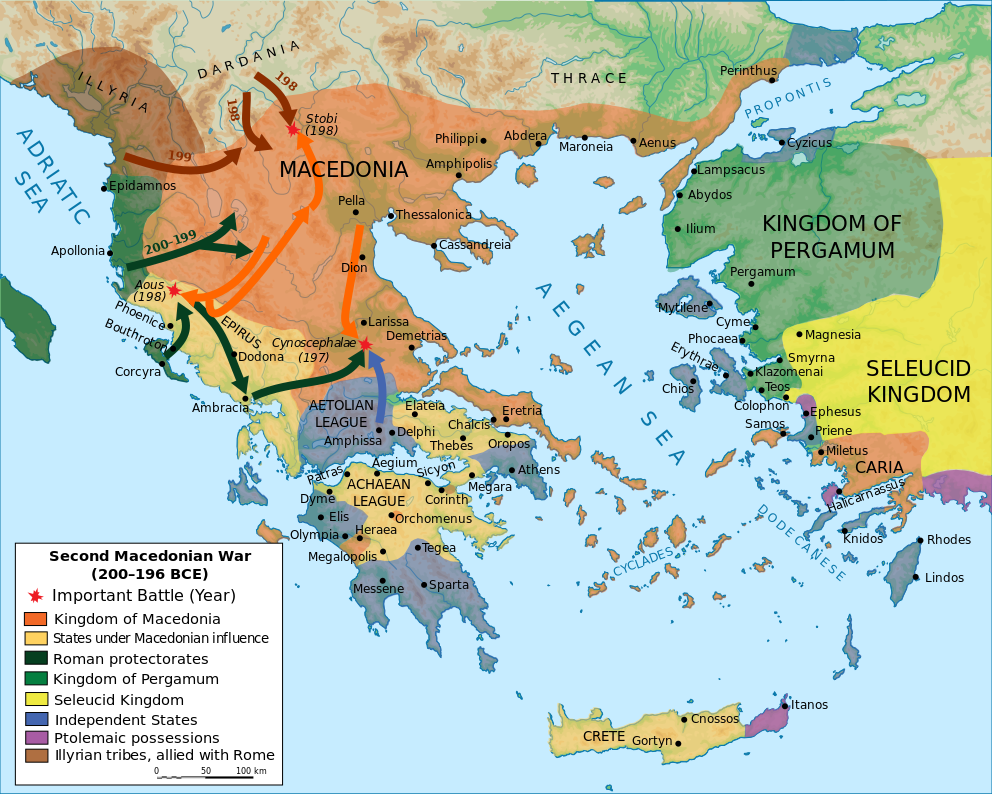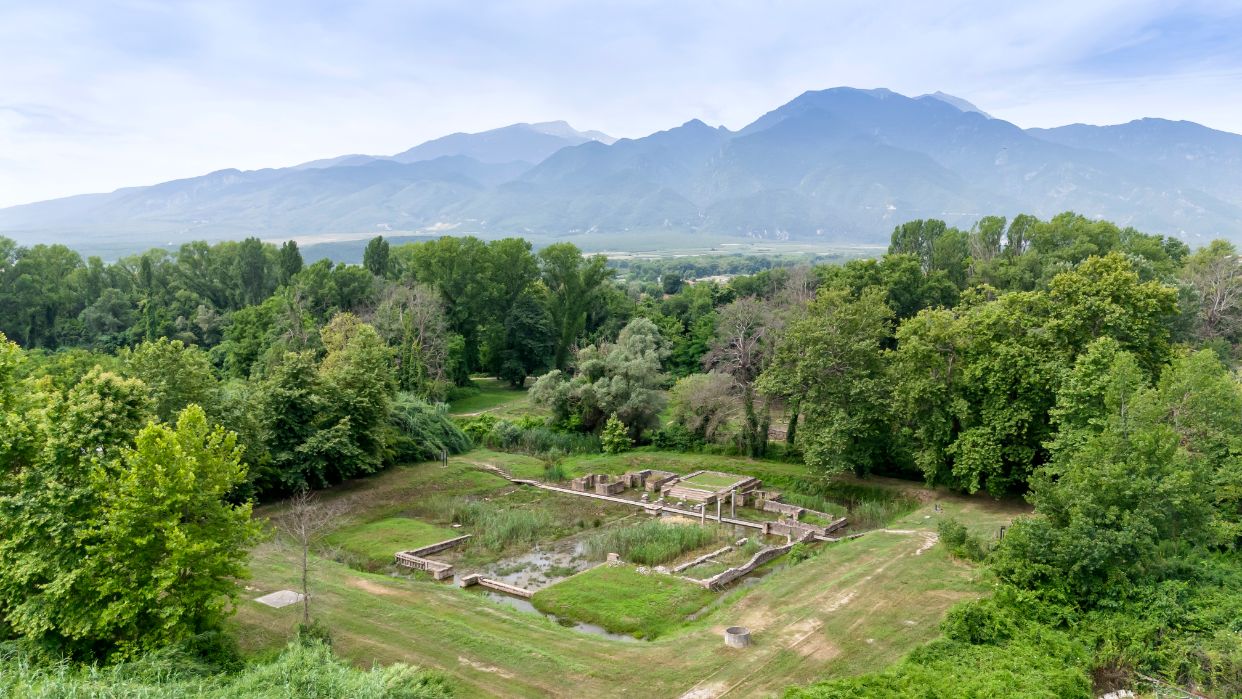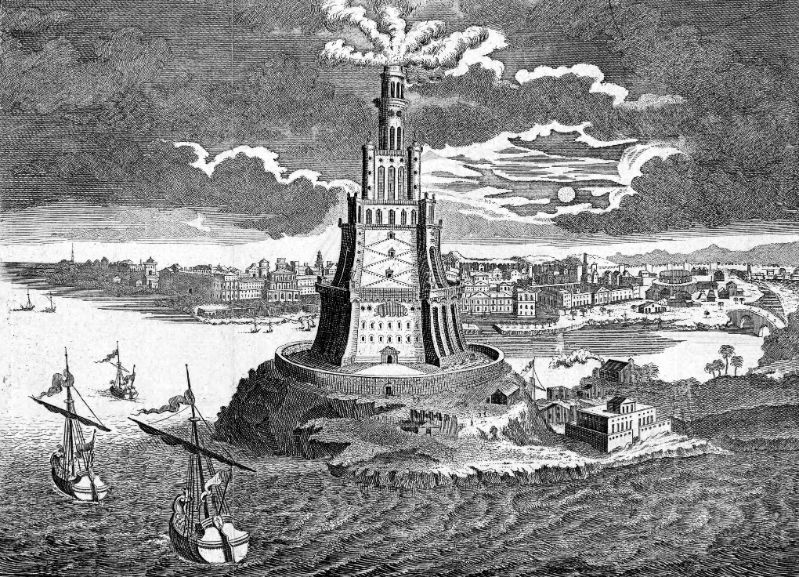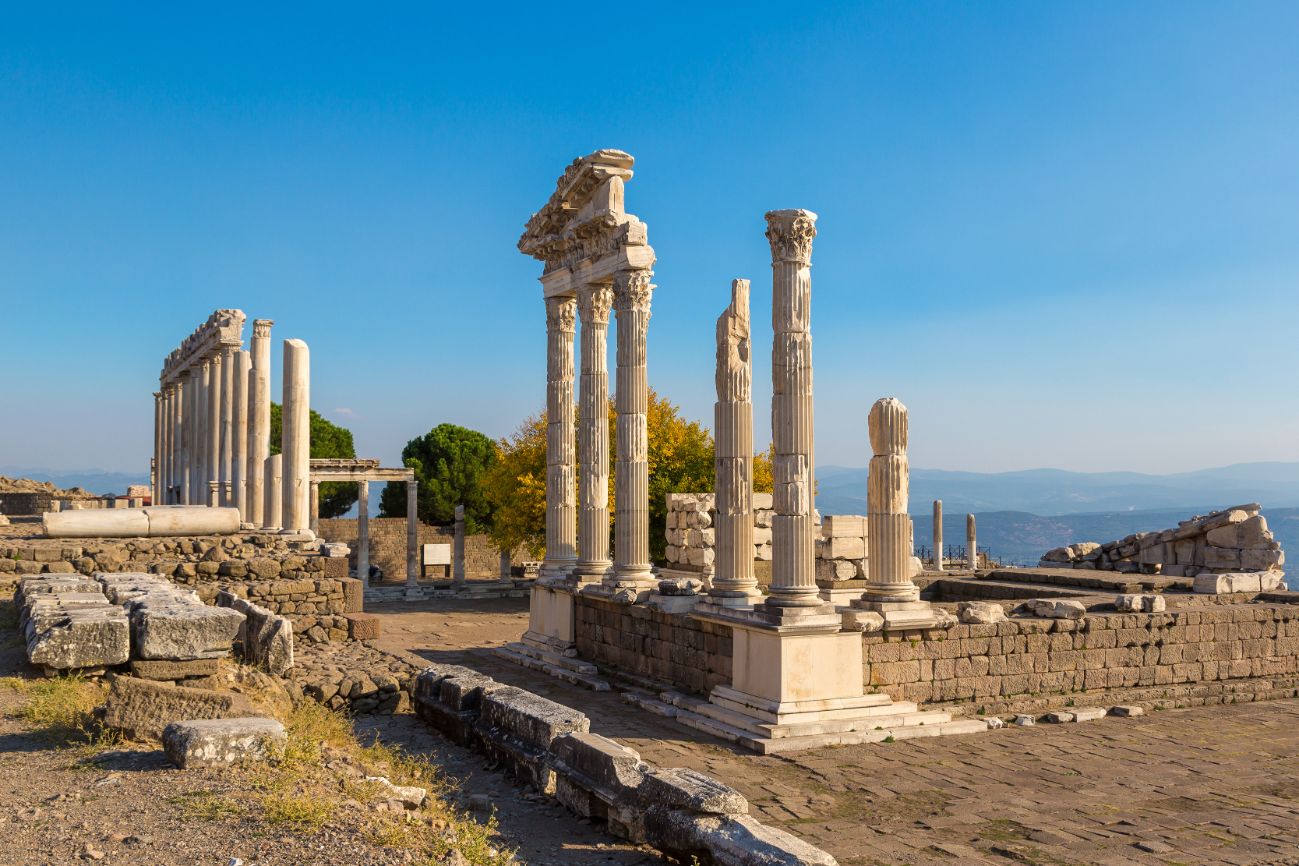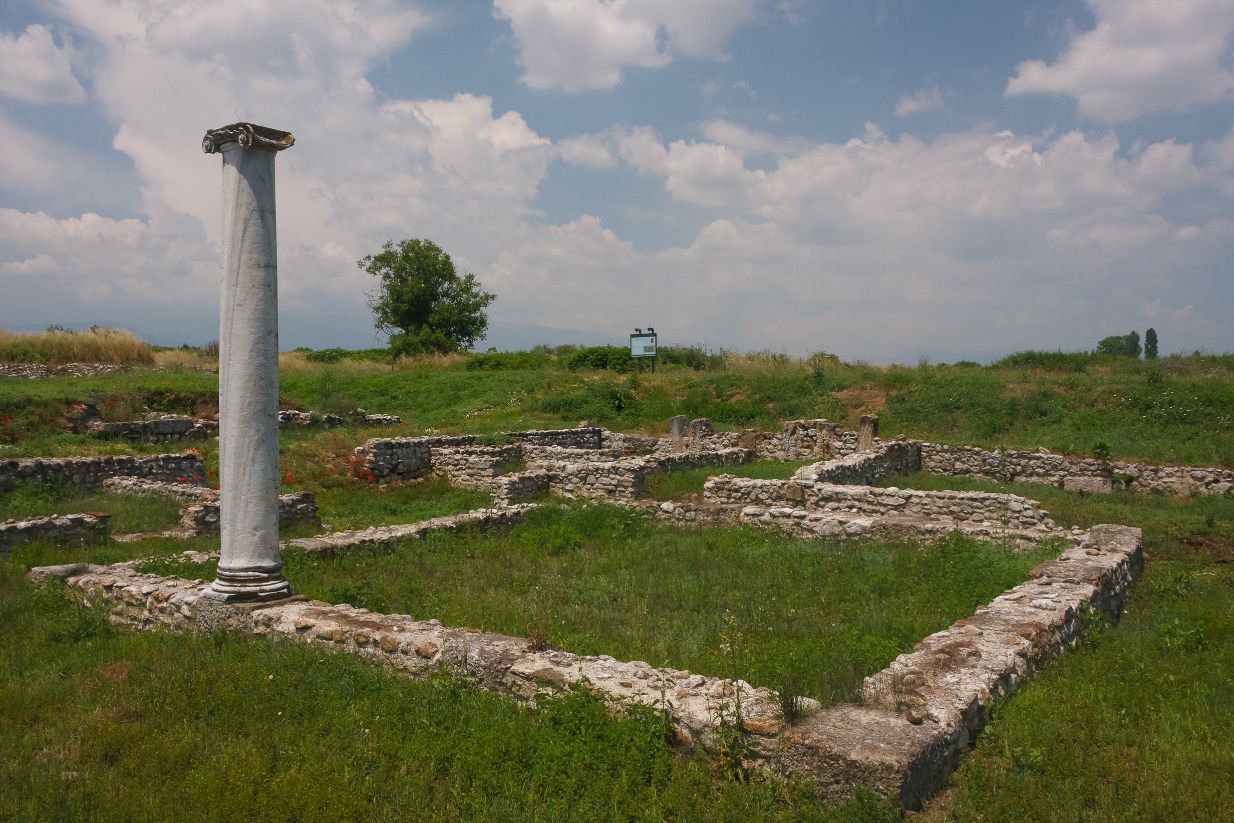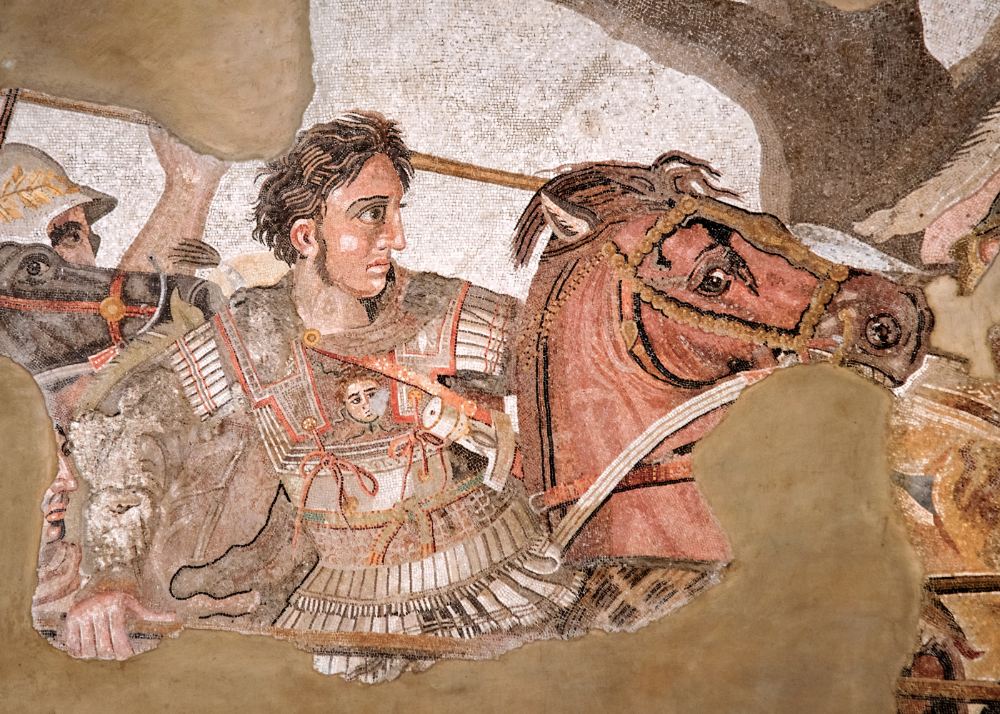How the portrayal of rulers changed over time
In ancient Greece, Alexander the Great emerged not only as a formidable conqueror but also as a cultural icon. His portraits depicted him with clean-shaven cheeks and flowing locks, a striking departure from the bearded visage of his predecessors. This transformation in representation was more than mere aesthetics; it embodied a significant shift in ideals—symbolizing strength, youth, and dynamic energy.
As he ventured beyond Greek borders and expanded his empire, Alexander’s image became a coveted symbol of aspiration. His unprecedented style influenced rulers across the Hellenistic world, who sought to align themselves with his legacy. In the aftermath of his death, many of these leaders began to appear in art adorned in a similar clean-shaven and long-haired fashion, inspired by the Alexandrian ideal. The fluidity in Alexander’s posture suggested motion and vitality, traits that many leaders wished to emulate, thus perpetuating his lasting influence.
However, as time progressed and Greek dominance began to wane, and the Roman Empire rose to prominence, representations of rulers began to shift once more. Leaders reverted to traditional bearded forms, signaling a return to established norms amidst changing political climates and cultural landscapes. This evolution not only reflected the broader decline of Greek cultural supremacy but also highlighted the rise of new ideals within Rome.
Interestingly, this phenomenon extends into the realm of religion. As Christianity spread throughout Europe, portrayals of Jesus morphed subtly, reflecting the cultures he influenced. The northern-European depiction of Christ highlights a similar trend—cultural adaptation and reimagining of important figures to align with local identities. Through art, these transformations reveal deeper narratives about power, identity, and the fluidity of representation across cultures and time.



